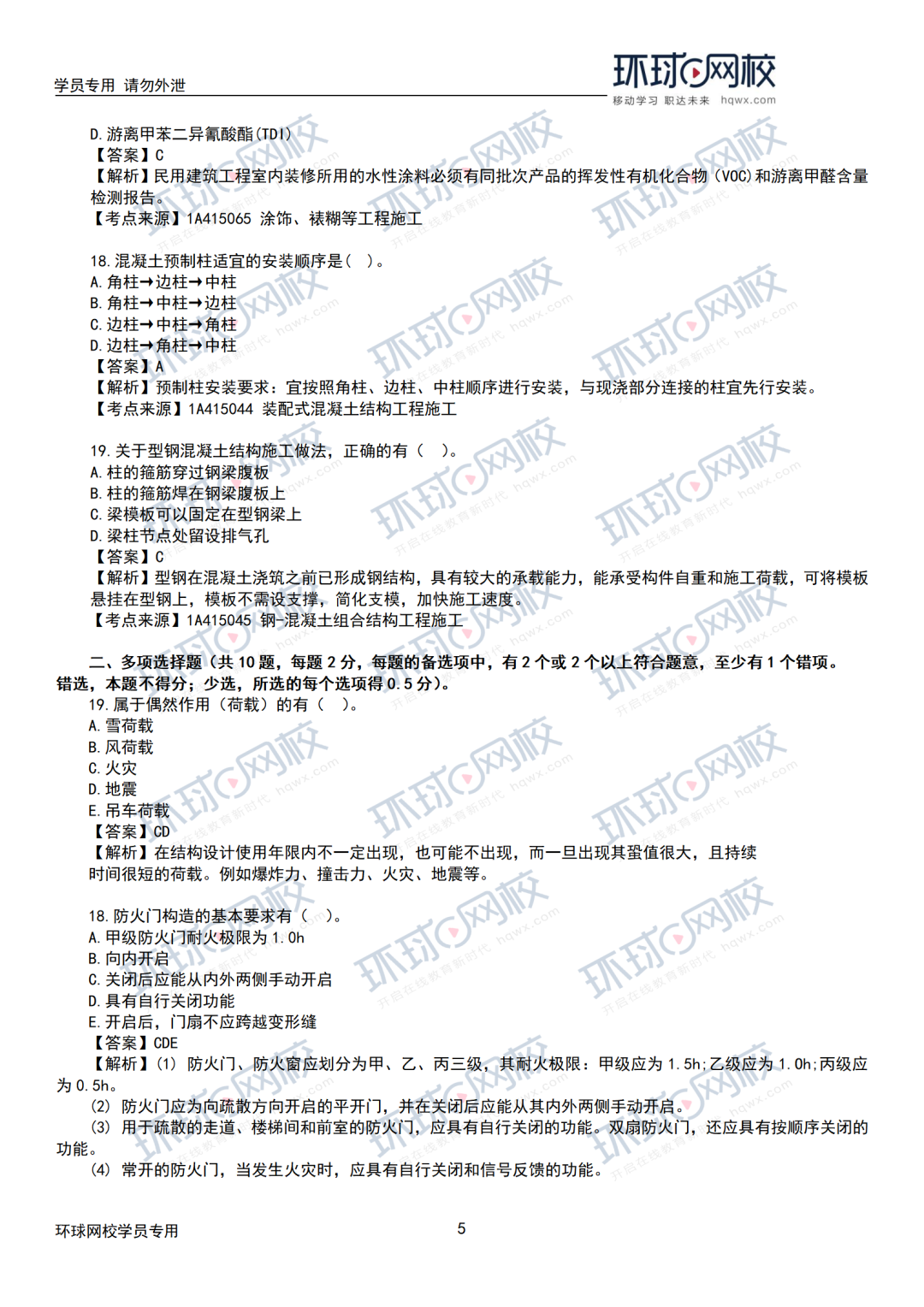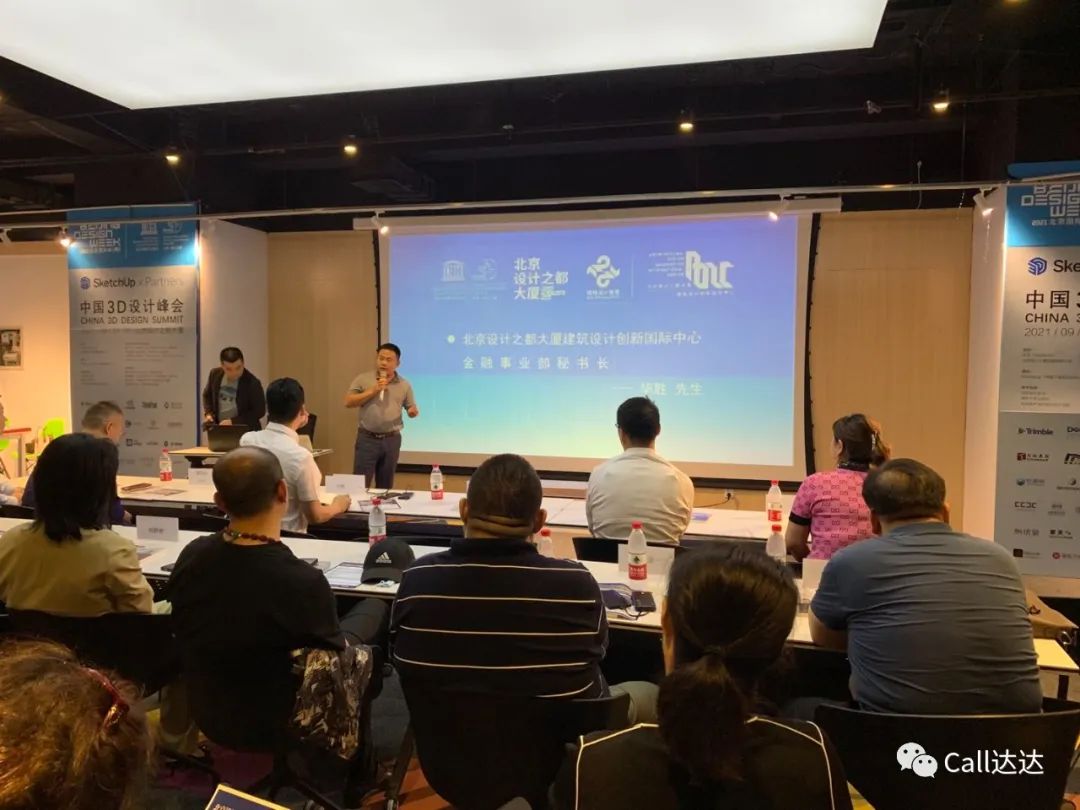2.6 quality requirements: the allowable deviation of post cast strip width is ± 10mm.

1.4 key control points: falling distance of rammer, number and sequence of ramming blows Compaction spacing ^ 1.5 quality requirements: the compactness and bearing capacity of the foundation meet the design requirements ^ 1.6 practice details: (3.1-1) 1.7 example drawing (Fig.
3.2-3): 3 post cast strip formwork erection 3.1 materials: ¢ 48 steel pipe, fastener, wood formwork, wood square and brick.
1.2 tools: portable cutter, impact drill, air pick, hammer and brush.
3.2 tools: wrench, electric saw and brick knife.
The water stop steel plate shall be fixed smoothly and straightly.
1.6 quality requirements: the pile head shall be smooth, the allowable deviation of pile top elevation shall be ± 20mm, the main reinforcement shall not be hard bent, and the coil shall be closed tightly.
If conditions permit, it is better to use a small rammer.
Wooden squares shall be added on both sides of the upper opening, which shall be sealed and protected as a whole with wooden formwork until it is opened during concrete pouring.
If the design requirements are met, the technical parameters of formal dynamic compaction can be determined according to the relevant technical parameters during the trial compaction.
The steel mesh shall be cut according to the position of the water stop steel plate and the thickness of the raft.
2.2 tools: electric welding machine, iron scissors and electric saw.
1.5 control points: main reinforcement protection and waterproof treatment.
3.3 process: wood base plate laying → scaffold erection (the two sides of the post cast strip are erected separately) → timberwork laying → formwork laying → plate bottom reinforcement binding → installation of the side formwork of the post cast strip → plate surface reinforcement binding → concrete pouring → retaining wall masonry on both sides of the post cast strip → formwork sealing.
After concrete pouring on both sides of the post cast strip of the basement roof, a water retaining platform shall be added and sealed with formwork to avoid sundries falling in.
2.5 control points: installation of water stop steel plate and steel mesh and formwork support.
The formwork shall be erected on the outside of the steel mesh.
The upper side opening formwork of the post cast strip formwork of the cast-in-situ slab shall be consistent with the saw groove at the reinforcement position, and shall be installed firmly.
Cement based waterproof material shall be painted on the top and around the pile, the width of the cushion surface around the pile shall not be less than 200mm, the joint between the waterproof material of the foundation slab and the pile shall be sealed with waterproof ointment, and the water swelling water stop ring shall be installed at the root of the main reinforcement of the pile.
3.2-1): 1.8 example diagram (Fig.
Dynamic compaction shall be carried out in sections from the edge to the center.
Peel off the main reinforcement with an impact drill, break the pile core concrete with an air pick, and chisel and level the pile top with a chisel.
The steel mesh shall be installed at the upper and lower parts of the water stop steel plate.
Connect the additional reinforcement with the upper and lower reinforcements of the raft to fix the water stop steel plate, and the notch of the water stop steel plate shall face the upstream surface.
1.3 process: snapping line → cutting → stripping reinforcement → breaking concrete → leveling → cushion → waterproof treatment → protective layer.
1.7 practice details (Fig.
3.6 quality requirements: the allowable deviation of post cast strip width is ± 10mm.
2.7 method details (Fig.
The upper opening of the formwork shall be sawed out according to the reinforcement spacing, the thickness of the reinforcement protective layer and the reinforcement spacing shall be controlled, and the spacing between the supporting and reinforcing timbers shall not be greater than 500mm.
3.1-2) section II foundation 1 reinforced concrete cast-in-place pile head treatment 1.1 material: cement-based crystalline waterproof powder.
1.4 process method: pop up cutting control at 50mm above the design elevation of pile top For wire making, use the cutting machine to cut a circle along the control line, and the cutting depth should be 10mm from the main reinforcement.
2.3 process: Welding additional reinforcement → installing waterstop steel plate → cutting and installing steel mesh → installing and strengthening formwork.
2.4 process method: along the length of waterstop steel plate according to raft thickness and waterstop position Spot weld ¢ 12 additional reinforcement at the center, with a spacing of 300 ~ 500mm.
4.2 tools: hammer, wrench, cylindrical brush, trowel, tamping rod, ash board and brush..
After the completion of the second point ramming, it shall be fully rammed with low energy.
3.3-2): 2 retention of post cast strip of foundation raft 2.1 materials: steel plate waterstop, steel mesh, wood formwork and reinforcement.
The reinforcement order of dynamic compaction method is: first deep and then shallow, that is, first strengthen the deep soil, then the middle soil, and finally the surface soil.

Building communication media ID: jianzhong001 section I foundation 1 dynamic compaction foundation 1.1 machines and tools: rammer, lifting machinery, automatic decoupling device, bulldozer and testing equipment 1.2 process: cleaning and leveling the site → determining the position and measuring the elevation of the tamping point → crane in place → measuring the top elevation of the hammer before tamping → tamping → completing the tamping of a tamping point according to the design control standards and requirements → repeating the above process, Complete the first tamping of all tamping points → fill the tamping pit with bulldozer and measure the site elevation → after the specified interval, complete all tamping times one by one according to the above procedures → full tamping with low energy → loose soil tamping on the surface of the site → loose soil tamping on the surface of the site 1.3 process method: determine the construction technical parameters through trial tamping before dynamic compaction, The plane size of the trial compaction area shall not be less than 20m × 20m。 Before compaction in the trial compaction area, the in-situ test shall be carried out at selected points, and the undisturbed soil samples shall be taken to determine the relevant soil property data.
3.5 control points: erection of support frame, installation of side formwork and sealing.
3.4 process method: the post cast strip formwork must be supported by an independent design system, which does not affect the installation and removal of the full hall scaffold, and the upper and lower vertical poles are placed on the same axis, and post cast The belt concrete shall not be removed without pouring; The floor passage shall reserve the frame opening according to the specified position in the scheme, and the post cast strip plate surface shall be protected and strictly implemented in the implementation process.
The steel mesh shall be located inside the additional reinforcement and bound with the raft reinforcement.
3.7 practice example details (figures 3.2-6 and 3.2-7, the legend is only a specific example diagram, and the specific data shall also meet the requirements of design documents and corresponding schemes): 4 new water stop screw for basement exterior wall 4.1 materials: formwork, water stop screw, dry waterproof mortar, expansion agent and cement-based waterproof coating.
Otherwise, the relevant technical parameters shall be properly adjusted or determined by supplementary compaction.
After the trial compaction, the test shall still be carried out here and the soil samples shall be taken for comparative analysis.




